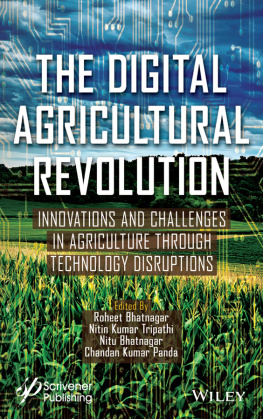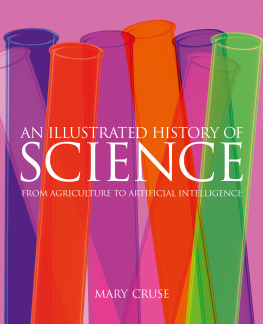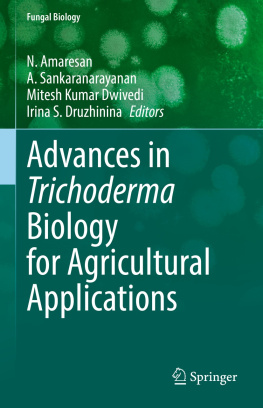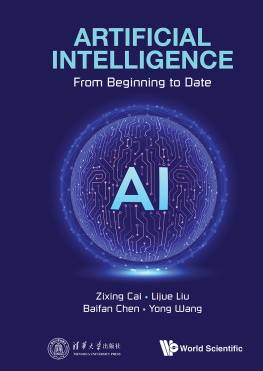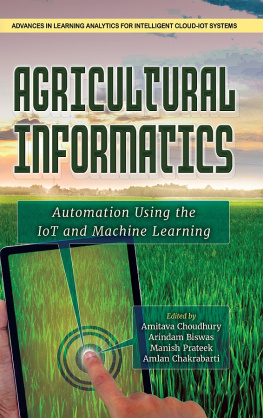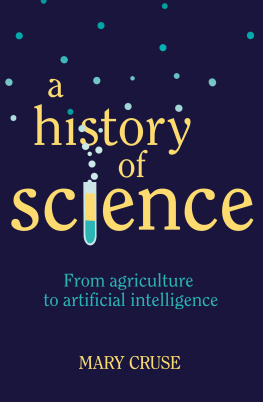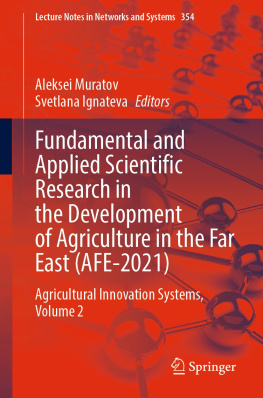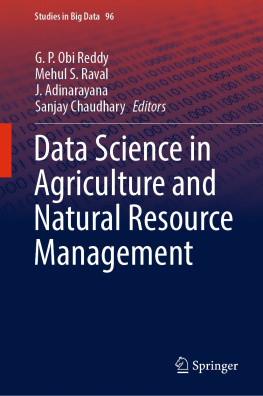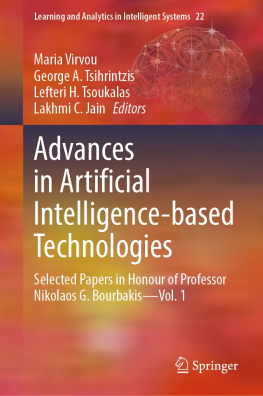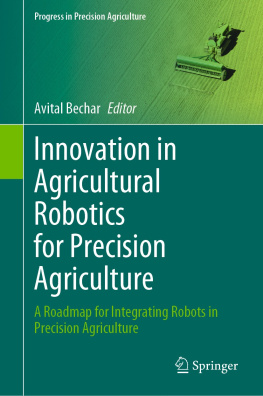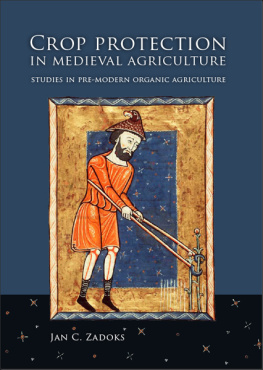Roheet Bhatnagar - The Digital Agricultural Revolution: Innovations and Challenges in Agriculture through Technology Disruptions
Here you can read online Roheet Bhatnagar - The Digital Agricultural Revolution: Innovations and Challenges in Agriculture through Technology Disruptions full text of the book (entire story) in english for free. Download pdf and epub, get meaning, cover and reviews about this ebook. City: Beverly, year: 2022, publisher: Wiley-Scrivener, genre: Science. Description of the work, (preface) as well as reviews are available. Best literature library LitArk.com created for fans of good reading and offers a wide selection of genres:
Romance novel
Science fiction
Adventure
Detective
Science
History
Home and family
Prose
Art
Politics
Computer
Non-fiction
Religion
Business
Children
Humor
Choose a favorite category and find really read worthwhile books. Enjoy immersion in the world of imagination, feel the emotions of the characters or learn something new for yourself, make an fascinating discovery.
- Book:The Digital Agricultural Revolution: Innovations and Challenges in Agriculture through Technology Disruptions
- Author:
- Publisher:Wiley-Scrivener
- Genre:
- Year:2022
- City:Beverly
- Rating:5 / 5
- Favourites:Add to favourites
- Your mark:
The Digital Agricultural Revolution: Innovations and Challenges in Agriculture through Technology Disruptions: summary, description and annotation
We offer to read an annotation, description, summary or preface (depends on what the author of the book "The Digital Agricultural Revolution: Innovations and Challenges in Agriculture through Technology Disruptions" wrote himself). If you haven't found the necessary information about the book — write in the comments, we will try to find it.
The book integrates computational intelligence, applied artificial intelligence, and modern agricultural practices and will appeal to scientists, agriculturists, and those in plant and crop science management.
There is a need for synergy between the application of modern scientific innovation in the area of artificial intelligence and agriculture, considering the major challenges from climate change consequences viz. rising temperatures, erratic rainfall patterns, the emergence of new crop pests, drought, flood, etc. This volume reports on high-quality research (theory and practice including prototype & conceptualization of ideas, frameworks, real-world applications, policy, standards, psychological concerns, case studies, and critical surveys) on recent advances toward the realization of the digital agriculture revolution as a result of the convergence of different disruptive technologies.
The book touches upon the following topics which have contributed to revolutionizing agricultural practices.
- Applications of Artificial Intelligence in Agriculture (AI models and architectures, system design, real-world applications of AI, machine learning and deep learning in the agriculture domain, integration & coordination of systems and issues & challenges).
- IoT and Big Data Analytics Applications in Agriculture (theory & architecture and the use of various types of sensors in optimizing agriculture resources and final product, benefits in real-time for crop acreage estimation, monitoring & control of agricultural produce).
- Robotics & Automation in Agriculture Systems (Automation challenges, need and recent developments and real case studies).
- Intelligent and Innovative Smart Agriculture Applications (use of hybrid intelligence in better crop health and management).
- Privacy, Security, and Trust in Digital Agriculture (government framework & policy papers).
- Open Problems, Challenges, and Future Trends.
Audience
Researchers in computer science, artificial intelligence, electronics engineering, agriculture automation, crop management, and science.
Roheet Bhatnagar: author's other books
Who wrote The Digital Agricultural Revolution: Innovations and Challenges in Agriculture through Technology Disruptions? Find out the surname, the name of the author of the book and a list of all author's works by series.

